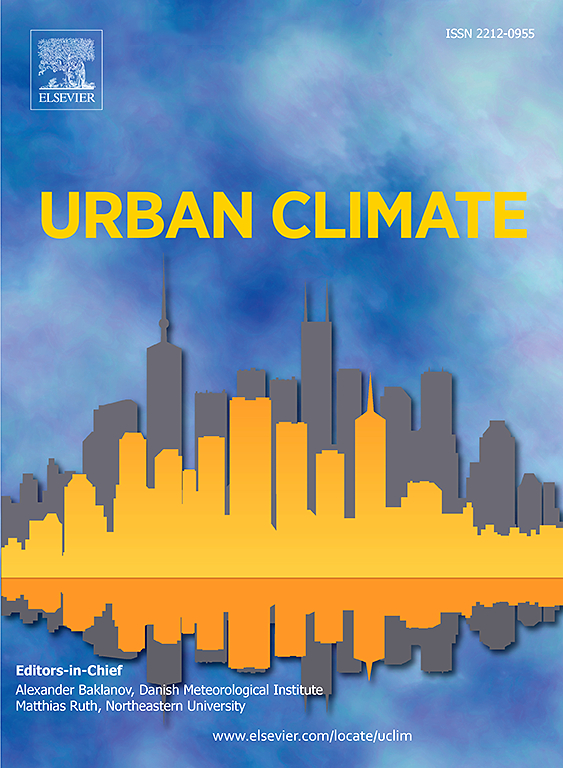Greening policies have led to an overturning in the trend of humidity changes across Chinese cities
IF 6
2区 工程技术
Q1 ENVIRONMENTAL SCIENCES
引用次数: 0
Abstract
This study analyzed changes in relative humidity (RH) over the past 70 years across China's five major climate zones, encompassing 336 cities. The findings indicate that changes in the annual average RH levels in China are closely related to the stages of urban development. From 1951 to 1978, RH levels decreased in the middle and warm temperature zones (MTZ and WTZ, respectively), areas that experienced early urbanization driven by heavy industry. Similarly, the Qinghai–Tibet Plateau zone (QPZ) has also experienced a decline in RH levels, largely due to the deterioration of the local ecological environment. From 1978 to 2004, rapid urbanization following the implementation of the reform and opening-up policy led to further decline in RH levels across most climate zones, with the exception of the QPZ. However, after 2004, the RH levels increased in the tropical zone (TZ), subtropical zone (SZ), WTZ, and QPZ, with the SZ showing the largest increase at 28 % per year. This rise in RH levels after 2004 is attributed to the implementation of eco-environmental policies that promoted normalized difference vegetation index (NDVI) and environmental improvements, enhancing surface water content, evapotranspiration and RH levels. These findings and mechanisms have practical significance and provide broader implications for urban planning, management, and enhancing urban climate resilience.
求助全文
约1分钟内获得全文
求助全文
来源期刊

Urban Climate
Social Sciences-Urban Studies
CiteScore
9.70
自引率
9.40%
发文量
286
期刊介绍:
Urban Climate serves the scientific and decision making communities with the publication of research on theory, science and applications relevant to understanding urban climatic conditions and change in relation to their geography and to demographic, socioeconomic, institutional, technological and environmental dynamics and global change. Targeted towards both disciplinary and interdisciplinary audiences, this journal publishes original research papers, comprehensive review articles, book reviews, and short communications on topics including, but not limited to, the following:
Urban meteorology and climate[...]
Urban environmental pollution[...]
Adaptation to global change[...]
Urban economic and social issues[...]
Research Approaches[...]
 求助内容:
求助内容: 应助结果提醒方式:
应助结果提醒方式:


